Decipher the mysterious horror phenomenon: Animals eat their own meat
We still know, the wildlife world is extremely harsh, in order to survive, animals must participate in life-and-death fights, eat predators or even eat their own flesh. .
But the most frightening thing is to eat yourself. It sounds very scary, "ridiculous", and contrary to nature, but this horror phenomenon is quite common in many animals.
Let's find out what causes some animals to have this gruesome action to know how cruel the natural world is.
1. Eat a part of your body to defend yourself
A tiger with a front leg was discovered in Tesso Nilo National Park in Sumatra Island (Indonesia) in 2007. Many said that the tiger had to chew its own feet to escape the hunt. human.
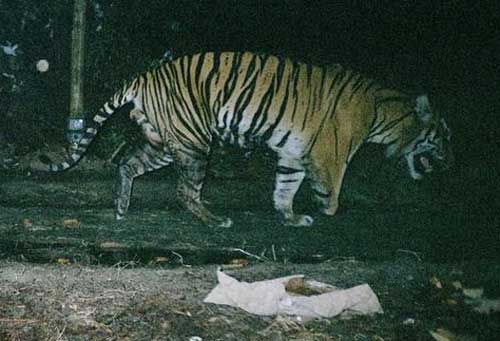 Decipher the mysterious horror phenomenon: Animals eat their own meat Picture 1
Decipher the mysterious horror phenomenon: Animals eat their own meat Picture 1
The one-legged tiger was discovered in Sumatra
This phenomenon is also commonly encountered in some other species such as monkeys, bears, dogs. They have to "cut" a part of their body to live, to save themselves when trapped.
2. Eat your brain to develop
This terrifying animal is a sea squirt that lives throughout the oceans.
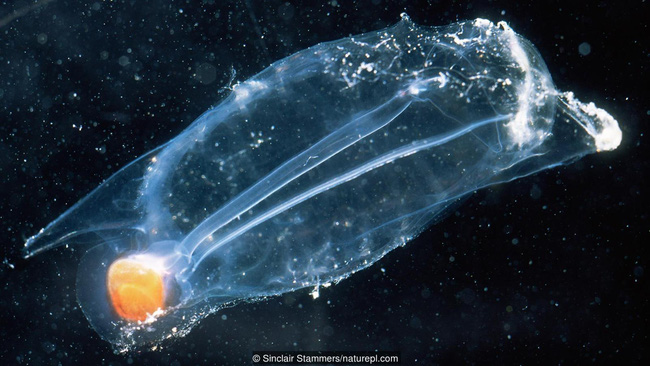 Decipher the mysterious horror phenomenon: Animals eat their own meat Picture 2 Larvae of pepper
Decipher the mysterious horror phenomenon: Animals eat their own meat Picture 2 Larvae of pepper
When born, the pepper is just a tiny larva with a tadpole-like shape that has enough eyes, brain and tail. Their body composition consists of only one nerve bundle that runs along the spine, the front has the brain pocket, light sensing organs and gravity.
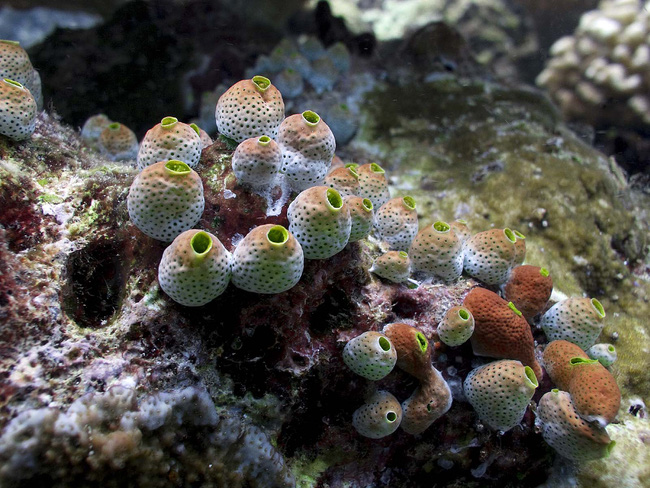 Decipher the mysterious horror phenomenon: Animals eat their own meat Picture 3 Seaweed is mature
Decipher the mysterious horror phenomenon: Animals eat their own meat Picture 3 Seaweed is mature
After the larvae attach the body to a fixed surface and undergo the process of transforming into a mature seaweed, they do not need those parts, so they feed on themselves, except the brain bag has developed into a brain to support assist in digesting food.
3. Eat yourself because you think you are prey
A scary confusion occurs in snakes.
Snakes use the ability to sense body heat to hunt. In which some species also combine with wagging their tails to attract prey, this action sometimes makes them confuse their tails as bait and plunge into "hitting the cup".
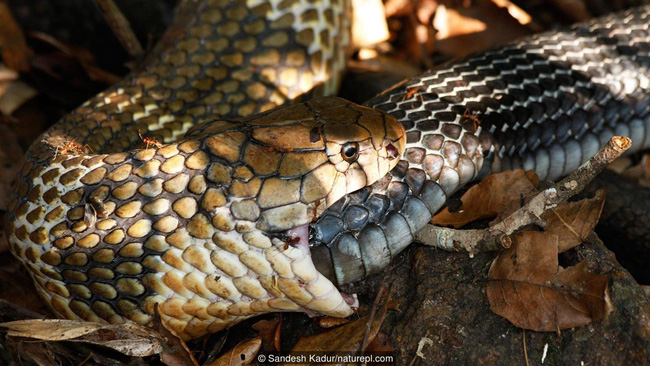 Decipher the mysterious horror phenomenon: Animals eat their own meat Picture 4
Decipher the mysterious horror phenomenon: Animals eat their own meat Picture 4
If the smell of some prey remains on the snake's body, it will make them confused, they swallow their own tail and think they are swallowing their prey.
The snake's own self-feeding behavior is not intentional behavior and this disastrous mistake can stem from the habit of swallowing their fellow humans.
4. Eat the placenta
This action is often encountered in mammals, they often eat the placenta and amniotic fluid after birth.
According to Professor Mark Kristal of Buffalo University, New York (USA), eating the placenta after birth can be a method of postpartum pain relief, especially in rodents.
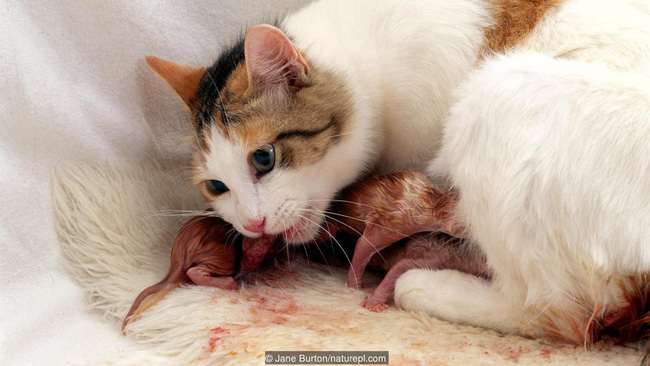 Decipher the mysterious horror phenomenon: Animals eat their own meat Picture 5 Cats feed on their own placenta after birth
Decipher the mysterious horror phenomenon: Animals eat their own meat Picture 5 Cats feed on their own placenta after birth
According to one study, the phenomenon of human placenta feeding is relatively rare and has no benefits such as increased milk production, reduced depression after birth or resuscitation as rumors.
You should read it
- Why are pigs the nemesis of snakes?
- Identify poisonous snakes in Vietnam
- The horrifying secret about the scary 'cold blood assassin' in nature is revealed
- Art 'stealth' masters to hunt the desert snakes
- Cobra snakes its head in a beer can and an unexpected ending
- There are 50 venomous snakes, this is the most unique snake on the planet
- 'Snake kingdom', where snakes go back into flocks in Vietnam
- I have the unique venom in the world of snakes, the sea snakes are eating again and again in a moment
- The civet jumps and pulls the poisonous serpent corpse on the tree to eat meat
- Despite being eaten by frogs, snakes still aggressively attack cats
- The scene of deer eating snakes scared many people and the surprising reason behind
- Discover new snake species in Con Dao
May be interested

Seven characteristics prove that elephants are extremely intelligent animals

Top 10 countries with the smallest area in the world

Beat losing, poisonous snakes rolled to death to deceive birds

The 8 coldest places in the world still live

Shivered, grappling with the giant South American python underwater

9 discover interesting surprises about the animal world in 2016






 Terrifying hypothesis about the mysterious phenomenon of 'self-igniting' like a fireball
Terrifying hypothesis about the mysterious phenomenon of 'self-igniting' like a fireball Eat healthy mouse meat, is it good?
Eat healthy mouse meat, is it good? Decipher the phenomenon of strangers alike
Decipher the phenomenon of strangers alike The corpses suddenly heated up, the mysterious phenomenon without a solution causing the scientists a headache
The corpses suddenly heated up, the mysterious phenomenon without a solution causing the scientists a headache 10 mysterious ghost phenomena under a scientific perspective
10 mysterious ghost phenomena under a scientific perspective Decipher psychological fear of ghosts but like to watch horror movies
Decipher psychological fear of ghosts but like to watch horror movies